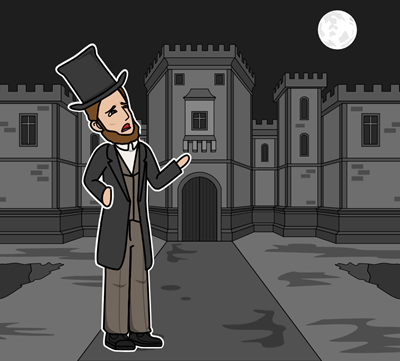A Tale of Two Cities Themes and Symbols Storyboard

You can find this storyboard in the following articles and resources:

A Tale of Two Cities by Charles Dickens
Lesson Plans by Kristy Littlehale
The French Revolution is the perfect setting to analyze the limits of justice and what happens when a ruling class continues to suppress the people. In doing so, Dickens explores important themes such as the destructive nature of revenge, revolution, the importance of sacrifice, and resurrection.
'
Storyboard Description
A Tale of Two Cities Themes, Symbols, and Motifs
Storyboard Text
- Slide: 1
- The guillotine is used against revolting peasants first, and then becomes a symbol of retribution and justice for the peasants against the nobles. The guillotine was so prevalent and so routine that the narrator observes it became a symbol of a pseudo-religion. He observes, “It superseded the Cross. Models of it were worn on breasts from which the Cross was discarded, and it was bowed down to and believed in where the Cross was denied.”
- Slide: 2
-
- The revolutionaries are utilizing the grindstone to keep their weapons sharp as they continue to rid their world of traitors and nobles. As Lorry, Dr. Manette, and Lucie gaze upon it, however, they see the blood covering the men and women as they sharpen their weapons for more murder. The revolution seems to be taking a turn towards something more ugly, and the revolutionaries are being driven by revenge and love of violence rather than by change for a greater good.
- Slide: 3
- John Barsad
- Marquis St. Evremonde
- King Louis XVI
- Queen Marie Antoinette
- Madame Defarge’s knitting reveals a register of names, a hit-list, of enemies of the revolution that must be taken care of. Mme. Defarge rarely puts down her knitting, her desire for revenge for her family and for her nation making her one of the more frightening figures of the cause. The register is indecipherable to anyone except Madame Defarge, and seems to be a source of personal comfort to her as well as her duty to the cause.
- Slide: 4
- Dr. Manette, imprisoned for 18 years by the Marquis, found solace in his shoemaking when the isolation and boredom became enough to drive him mad. He continues this after his release, almost incoherent when his daughter finally reaches him. However, through her care, he does come back to his senses, but relapses when he realizes that Charles might be a nobleman, and when he discovers that he is, indeed, related to the very men who stole his freedom for nearly two decades.
Over 30 Million Storyboards Created
No Downloads, No Credit Card, and No Login Needed to Try!






